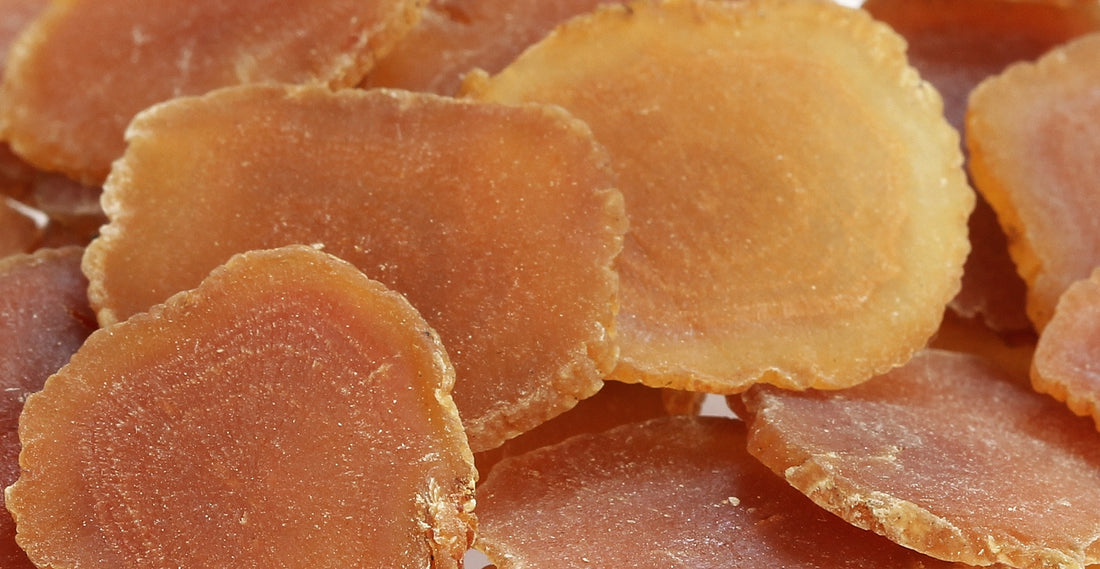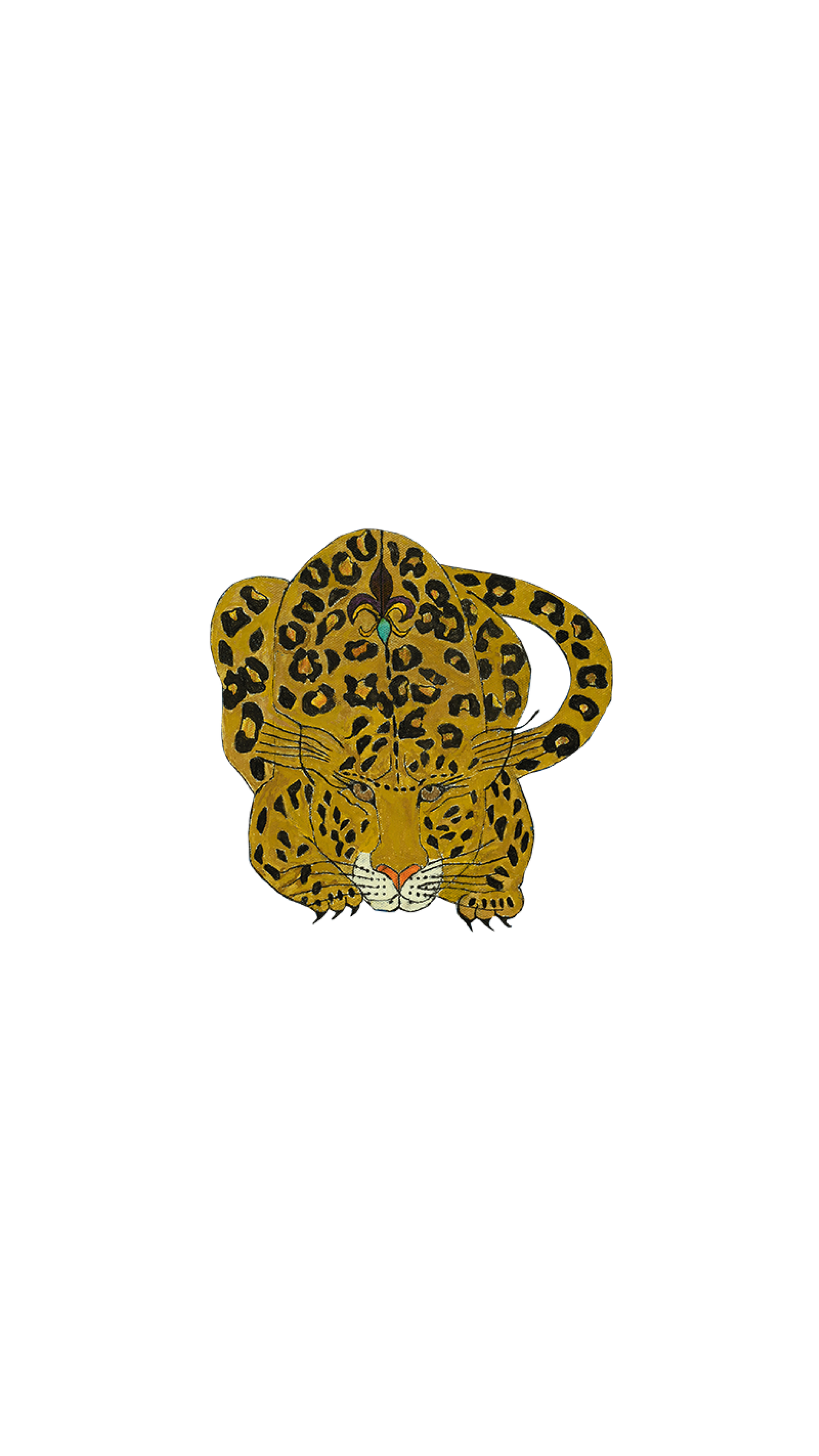
Fermented Steamed Korean Red Ginseng
Share
Ginseng is derived from the ginseng root. The effective ginsengosides are primarily found in the steamed and dried version referred to as red ginseng. The end product of the steaming and drying process is a black viscous fluid. The most commonly used species are Panax ginseng (Asian ginseng), Panax quinquefolius (American ginseng) and Panax notoginseng (Chinese notoginseng or Sanqi). Ginseng has been used in China for more than 4000 years as a tonic and restorative agent.
Fermented red Ginseng is likely superior to nonfermented red Ginseng for its effects on skin rejuvenation and is the form of red ginseng used in Collesta. In general, the concentrations of uronic acid, polyphenols, flavonoids and antioxidants is higher in fermented red ginseng compared to nonfermented red ginseng. Fermented red ginseng has significant inhibitory tyrosinase and elastase activity. It therefore has the ability to improve wrinkles and demonstrates whitening efficacy (Lee HS et al, 2012 https://www.ncbi.nlm.nih.
Recent murine studies have shown significant attenuation of UVB induced photoaging including a reduction in wrinkles, an increase in epidermal thickness and enhanced moisture retention the basis of which may relate to enhanced filaggrin and profilaggrin synthesis and as well inhibition of metalloproteinase (Park JH et https://www.ncbi.nlm.nih.gov/pubmed/?term=31226639). A number of studies have shown that sun Ginseng was associated with a suppression of metalloproteinase -1 production which would have a positive effect on improving dermal integrity (Song et al, 2012 https://www.ncbi.nlm.nih.gov/pubmed/23717105?report=abstract). (Lee et al, 2008) (Park et al, 2016; Shin et al, 2015; Cho S, 2014; Kang et al, 2009; Lee HJ et al, 2009; Kim YG et al, 2009; Kim YG et al, 2008).
Murine studies have demonstrated that red ginseng protects the skin from photodamage. The skin of the UV-irradiated hairless mice showed characteristic signs of photoaging, such as deep wrinkles across the back, increased epidermal thickness, prominent inflammatory cell infiltration, and many enlarged keratinizing cysts. The red ginseng treated mice demonstrated a significantly decreased wrinkling score, minimal epidermal hyperplasia, slightly increased dermal cellularity and lack of proliferation of cysts. The mice had a cream containing red ginseng at a concentration of 0.2%, which was associated with a reduction in the number of tumors per mouse and the delayed onset of tumors.
